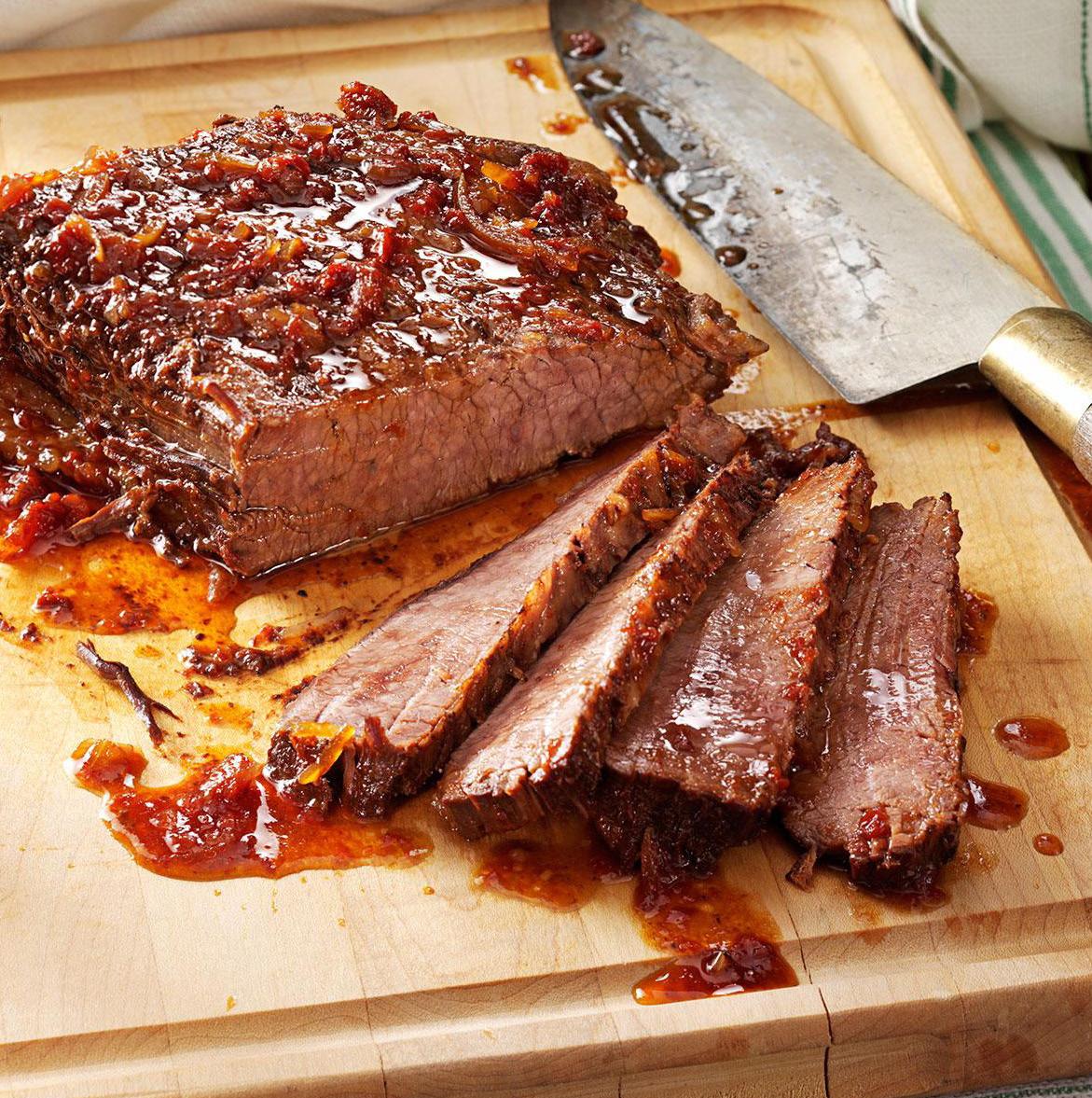
3 minute read
Passover similarities and differences
SWEET AND SAVORY BRISKET HUEVOS HAMINADOS LEEK SOUP
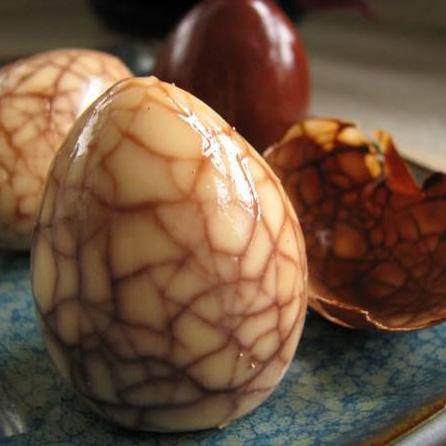
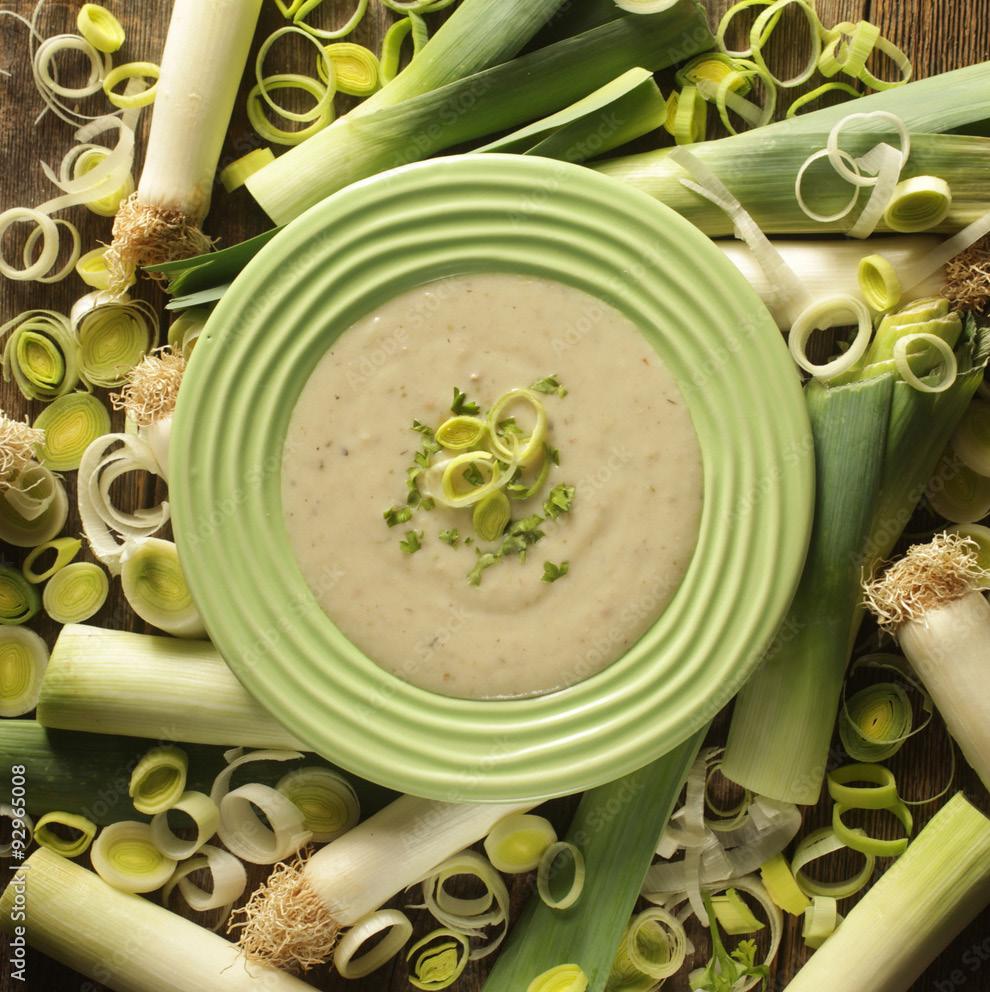

GEFILTE FISH APPLE WALNUT CHAROSET SEVEN SPICE GRILLED LAMB CHOPS

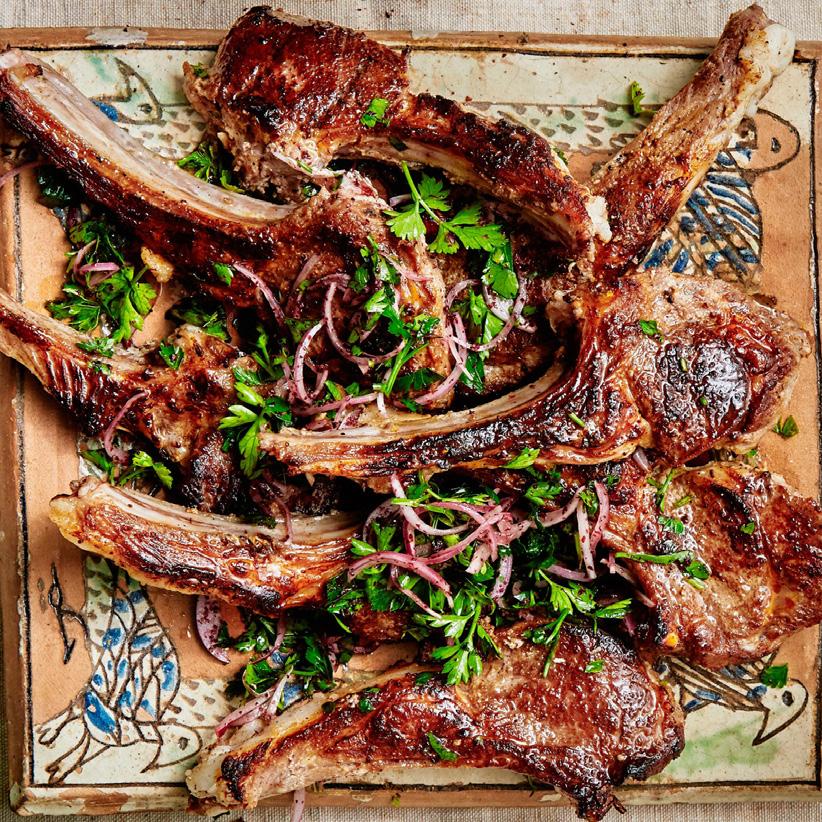
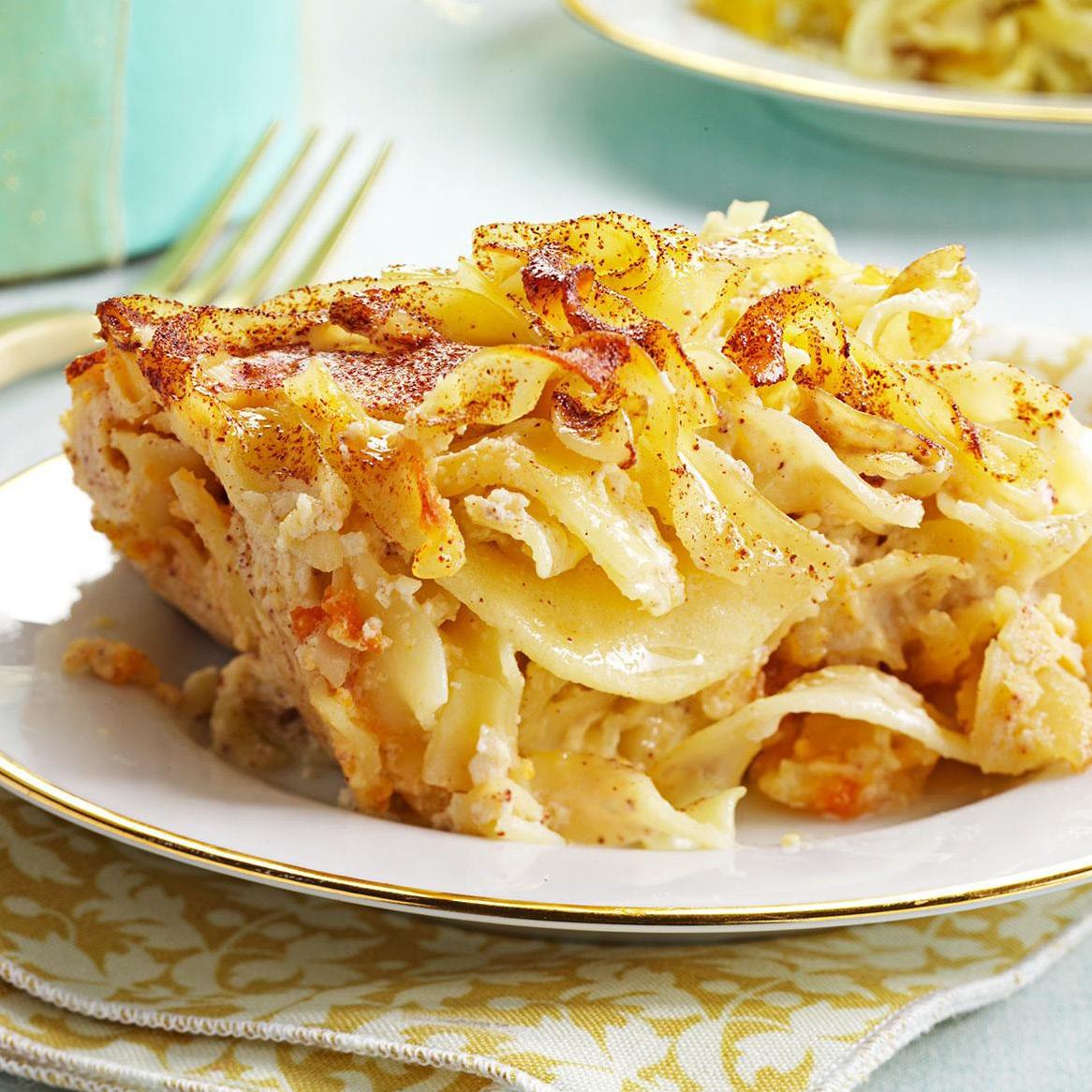
EASY KUGEL KITNIYOT ROASTED CHICKEN LEGS WITH GARLIC


PASSOVER
Ashkenazi European and Sephardi and Mizrahi Mediterranean Passover Similarities and Differences
As we usually celebrate Passover in America with the customs and symbols of Ashkenazi European Jewish heritage, while few celebrate the holiday with Sephardi and Mizrahi rituals. Sephardim are found in many countries. Typically, the migration from the Iberian Peninsula took Jewish families from Spain and Portugal to some European locations and North Africa and the Mizrahi in the Middle East and Asia. Sephardic and Mizrahi practices vary widely from country to country, like Turkey, the Balkans, Kurdistan, China, Greece, Israel, Iran, Iraq, Yemen, Egypt, Ethiopia, Zimbabwe, Morocco, Tunisia, and others. Whatever the customs or origins, they all share the values of birth & rebirth and freedom.
Mainly, the Sephardi variations reflect local foods, eating kitniyot, legumes and some grains, rice (forbidden amongst the Ashkenazim on Passover,) and brown warm eggs, Huevos Haminados. Seder foods include leek soup, fish appetizers, main courses of lamb and fish sprinkled with fruits or sweetened vegetables. The recipes for chaorset vary widely, but frequently may include apples, dates, honey, figs, and other sweet fruits and red juice. Typical Ashkenazi foods include chicken soup with matzo balls, gefilte fish, matzo kugel, and brisket. Of course, everyone eats matzo.
Sephardi seder language is generally either bilingual Hebrew and the local language or Ladino with a combination thereof. Sephardim ask the Four Questions in a slightly different order, starting with the question about dipping twice. Customs like flagellation using celery, chives, scallions, or leeks are used to simulate the Egyptian taskmasters beating the slaves. Moroccan and Tunisian Sephardim hold the seder plate over their head or pass it over the head of those at the seder table, symbolizes slaves carrying burdens on their heads. Some families cover the seder plate with fine embroidery and place it on the head of a child present for all to see. Sephardim in Turkey and the Balkans will not look at the juice spilled symbolizing the ten plagues, while Greek Sephardim pour vinegar into a basin as the ten plagues are recited. Sephardim do not hide the afikomen (hidden dessert) or have a Cup of Elijah. They do take some seder foods from the table to use as good omens for an entire year. In some communities they save a piece of the middle matzah to use as an ornament or carry it on their person to protect them from the “evil eye” and some dip their hand in the charoset to make an imprint of a hamsa hand (good luck symbol) on paper to hang on their door as protection against evil spirits.
Today, many American Jews are experimenting with Sephardi or Mizrahi seder variations to spice up the traditional seder. I particularly enjoy the Sephardi charoset. It even makes a good dessert.
RABBI JEFFREY SCHESNOL
Or Adam Congregation for Humanistic Judaism & Arizona Jewish Historical Society










